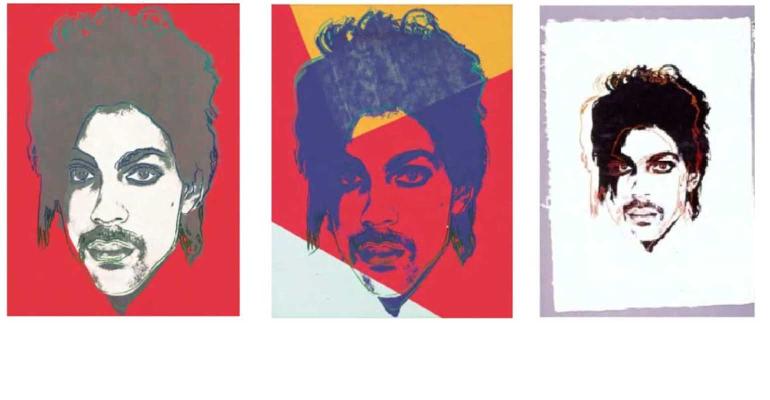The Andy Warhol copyright infringement case has finally come to a close, nearly a year after the U.S. Supreme Court ruled that a Warhol portrait violated a copyright on Lynn Goldsmith’s original photograph of the late musician Prince. Warhol’s estate has agreed to pay $21,000 to Goldsmith to end the dispute, with $10,250 to cover the 2016 license of her photograph and the rest toward her legal fees.
Case History
The procedural history of the case dates back to 1984, when Vanity Fair paid $400 to license a photo of Prince, taken by Goldsmith in 1981, and commissioned Warhol to create a portrait of Prince using Goldsmith’s photo as a reference. Goldsmith contends she was unaware that Warhol would use the image for that purpose and that he went on to make other artworks, not commissioned by Vanity Fair, based on the photo.
Goldsmith became aware of Warhol’s work in May 2016, when, following Prince’s death, Conde Nast licensed a print from the Prince Series, titled “Orange Prince,” for the cover of one of its publications.
After Goldsmith registered her photo with the U.S. Copyright Office, the Andy Warhol Foundation slammed her with a suit for a declaratory judgment of noninfringement or, in the alternative, fair use. Goldsmith countersued for infringement.
The Supreme Court case only focused on Conde Nast’s licensing of Prince’s photo and didn’t rule on the rest of the works in Warhol’s Prince Series. Goldsmith has stated that the statute of limitation for those claims has expired and; therefore, she wouldn’t be moving forward with any legal action. The Warhol estate still maintains that the original portrait series was fair use.
In a 7-2 decision, the Court held for Goldsmith, finding that commercialism outweighs any “new expression, meaning, or message” or distinct purpose of character of the Warhol work in this case. It also found that fair use wasn’t a defense here because the work in question serves the same commercial purpose as Goldsmith’s original photo, to license an image for use in a magazine.
Although the majority has been praised for bringing some clarity to the transformative factor in the fair use analysis, finding that the focus should be on whether the use of the content is transformative rather than the content itself, fair-use cases are so fact-specific that it remains to be seen whether the case will have far-reaching implications for artists and the art community.
"In my wheelhouse, the music industry, recent cases have focused on expanding what may or may not be considered copyright infringement and/or fair use,” opines Harvey I. Bezozi, a tax expert based in Boca Raton, Fla.
“Now, more of a microscopic, non-creative approach is taken looking at things like a song’s melody, lyrics and arrangement, and other nuances like genres, notes, beats, rhythms, rhymes, hooks, riffs, passages, phrases, feels, sounds, grooves, vibes, tunes and bridges.”
“It’s vitally important to retain savvy legal counsel at deal inception to provide profit sharing, indemnification and all other appropriate legal protective measures to ensure a happy journey," he adds.
Financial Burden
Goldsmith has revealed that pursuing this lawsuit was financially damaging for her and that the costs of litigation have been over $2.5 million, requiring her to sell her home in Aspen, Colo. She even started a GoFundMe and negotiated with her attorneys to work for no fee. According to her Instagram, Goldsmith wrote “If my legal costs are ever reimbursed from donations, that money will go to starting a legal fund for others who find themselves in the position of having to protect their work."
Despite the mind-boggling financial burden. Goldsmith maintains that the fight was worth it to stand up to wealthy individuals and foundations and protect the rights of photographers.





